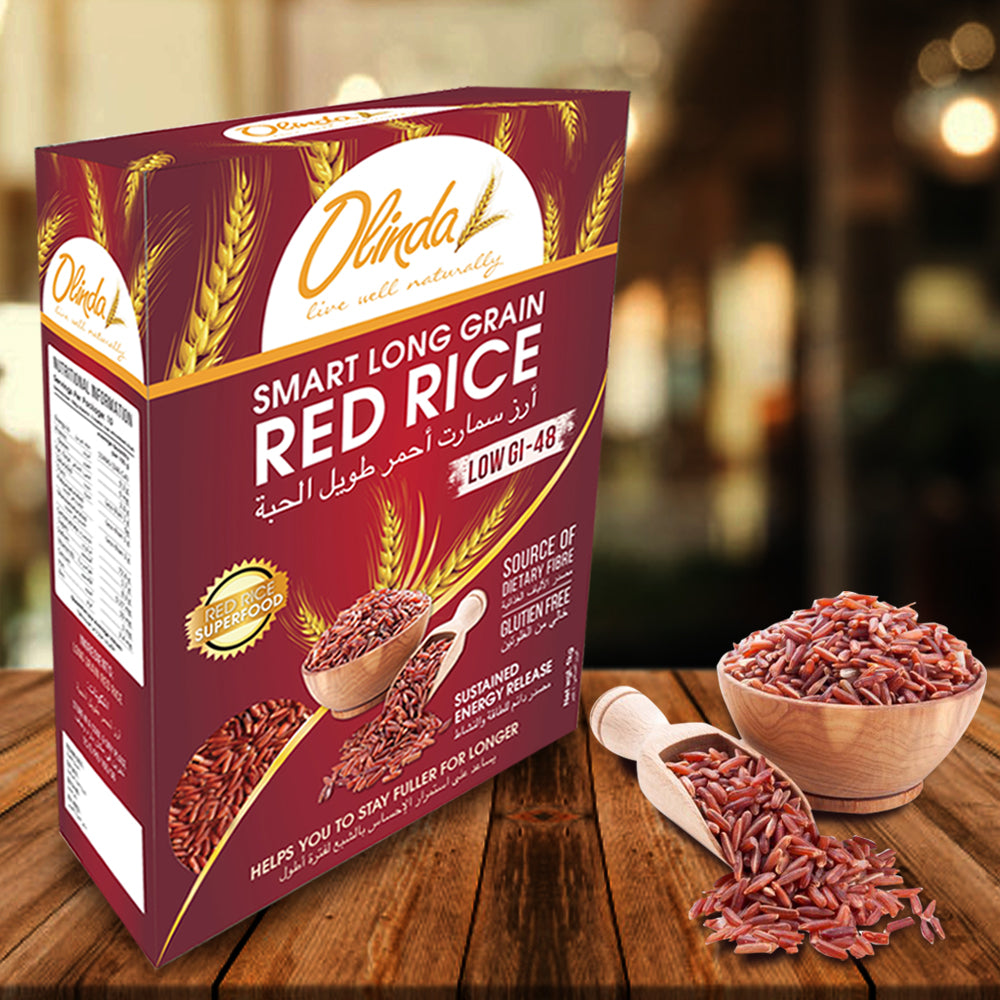
Why switching to a low Glycemic Index (GI) diet can work wonders for diabetics

Glycemic Index (GI) is one term that you must have heard of in a diet plan or read behind packaged food labels. Wondering what this technically heavy term is? GI is nothing but a carbohydrate counting index that helps you assess how quickly or slowly the food you consume can raise your blood glucose levels. It is highly critical for diabetics who already have their blood sugar levels haywire. Read on to know more about how a low GI index diet can help diabetic people.
Basics about GI
If you have diabetes, you would know that the amount of carbohydrates you eat can affect your blood glucose. But did you know what kind of carbohydrate increases blood sugar? Foods with the same amount of carbs can affect your glucose level differently.
Here is where the GI comes into play. It is a way of measuring the effect of food on blood glucose levels. It checks how certain carbs can increase glucose levels.
Foods are ranked on a scale of 1-100. A high GI is more than 70, in which the food is digested and absorbed quickly and causes marked fluctuations in the blood glucose levels in the body. These abnormal changes have been linked with Type 2 diabetes. Carbs with a GI value of less than 55 are digested, absorbed, and metabolized gradually after eating with a slow rise in blood glucose levels.
Benefits of a low glycemic index diet for diabetics
Now that you have a basic understanding of what a low GI index is. It is important to know its benefits, especially for diabetic people. Here is why.
-
Limits insulin
Eating low glycemic foods translates into a diet that cuts down on the ups and downs in blood sugar. This limits the release of insulin, a crucial peptide hormone released by the pancreas, which is a death call for diabetic people. In fact, many packaged food products mention the insulin index of foods. It is advisable to check that.
-
Slashes food craving
It reduces food cravings and urges as it limits the spikes in the blood sugar, which triggers insulin release. This ultimately leads to fat storage and expanding the waistline. So all of you who reach out to the fridge at midnight, start having food with low GI and watch those midnight cravings reduce.
-
Better heart health
Foods with low GI scores also help heart health as they reduce the chances of developing any metabolic syndrome and diabetes that is correlated to strokes and heart attacks.
Eating principles for low-glycemic index in diabetics
There are innumerable benefits of having low glycemic foods for diabetics but often, you don’t know what to eat and what to shun. Follow these simple principles and you will never falter.
-
Non-starchy foods
Eat non-starchy vegetables like beans and fruits including pears, apples, peaches and berries.
-
Increase intake of unpolished grains
Eat all the grains in the least processed state like whole barley, brown rice, millet, and others. At the same time you should reduce refined-grain products like white bread.
-
Limit concentrated sweets and desserts
Restrict concentrated sweets like ice creams and sugar-sweetened drinks.
-
Good eating habits
Eat slowly and stop just before full. Also, ensure that you eat three meals, two snacks and never skip breakfast.
-
Healthy tea routine
It has been proven that certain teas without milk like green tea and herbal tea benefit diabetics as they have polyphenols that improve insulin sensitivity. So, make them a part of your daily routine.
Conclusion
These minor alterations in diet can go a long way in keeping your diabetes at bay and helping you lead a happy and healthy life.



















































